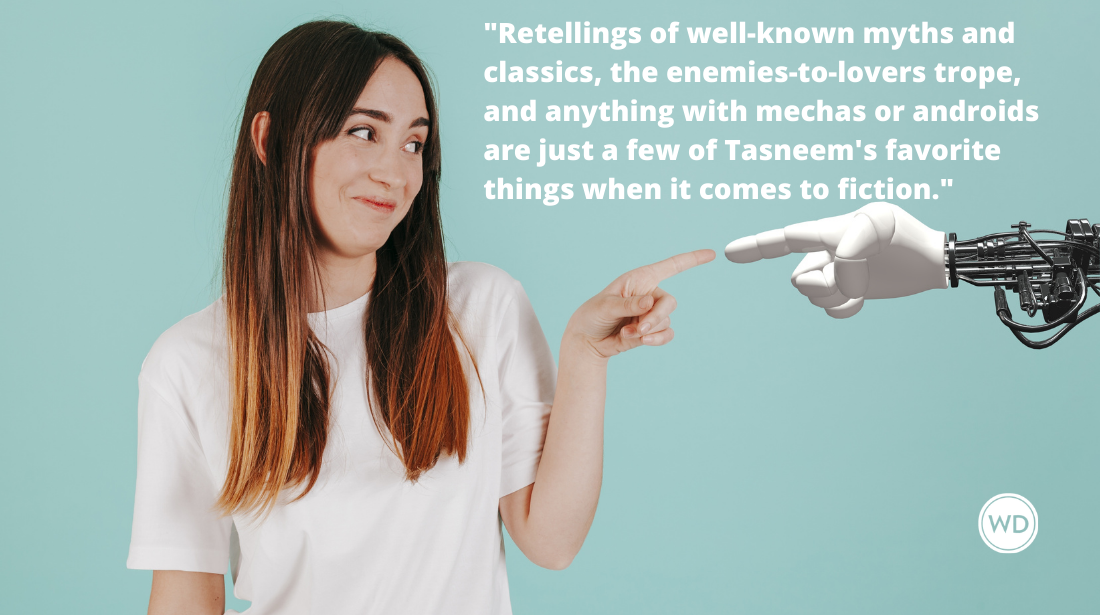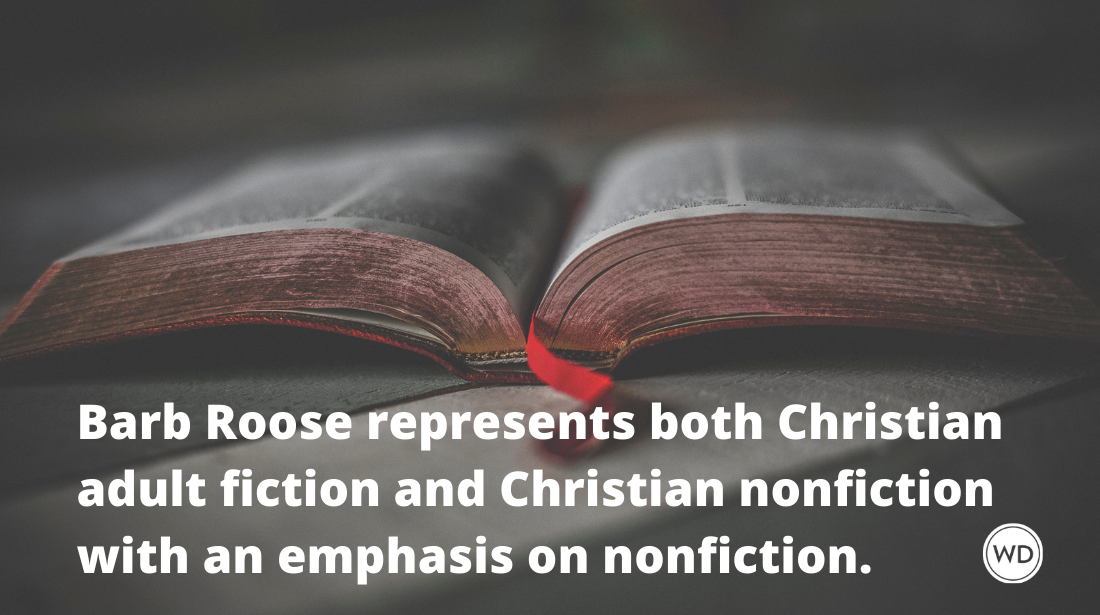How to Create a Simple Writer Blog
Writing is hard work. First, you have to write the story. Then you have to revise it, workshop it, revise it some more, write a query letter, do query research, then mail your baby out. While many writers think the work ends the moment they sign a contract, pros know otherwise. Being a successful author is an awful lot of work, not the least of which is promotion. A blog is an easy way to get started—all you need is a computer and an Internet connection. Guest post by Peta Jinnath Andersen, freelance writer & editor. She also writes flash fiction and short fiction.
Writing is hard work. First, you have to write the story. Then you have to revise it, workshop it, revise it some more, write a query letter, do query research, then mail your baby out. While many writers think the work ends the moment they sign a contract, pros know otherwise. Being a successful author is an awful lot of work, not the least of which is promotion. A blog is an easy way to get started—all you need is a computer and an Internet connection.
There are lots of great blogging platforms out there, each with good points and bad points. But most die-hard bloggers and social media tweeple swear by Wordpress.
Why Wordpress? Unlike most services, even the free Wordpress.com platform offers users a lot of templates and customization. Although this may seem unimportant, the Internet is blog central—making your blog stand out can help keep you up front in your readers’ minds. (And really, why pick vanilla when you could have mint choc chip with hot fudge sauce?) Another perk: Wordpress can be setup much like a website (more on this below). It’s also easy to move to self-hosting later on.
WHAT DO YOU BLOG ABOUT?
Not sure what to write or blog about? Start with whatever interests you—the book you loved/hated/roasted on a spit, the latest update from Publishers Weekly, things you’re struggling with in your novel. Blogging is a useful way to keep readers updated on your professional life, show off your writing chops, and show agents and publishers that you’re interested in going the extra mile.
Keep it professional, though—it’s easy to fall into the trap of regular personal updates, such as what you ate for breakfast and how many times Baby has spat-up (twice in the last hour, if you’re wondering). Some details are okay—in fact, you’re more likely to connect with readers by giving them some idea of who you are—just don’t go overboard. And remember, if it’s something you’d be embarrassed to talk about down at the local coffee house, don’t put it on the Internet! Ready to get started? Here’s what you need to know.
SETTING UP
1. Head over to Wordpress and sign up. Think carefully about your domain name—you can’t change it later. (Your username and blog title can be changed in settings at any time.)
2. Follow the prompts and update your profile. Don’t just skip the “about yourself” section—take every opportunity to connect with your readers.
3. Check your inbox for the activation e-mail. Give the link a little love. (E-mail didn’t arrive? Check the update profile page to ensure your e-mail addy is correct. Scroll to the bottom of the page to change it.)
4. Log in at the top of the page.
5. Click on “My Dashboard” in the menu bar at the top of the page.
POSTS, PAGES, CATEGORIES & TAGS
Pages: Pages are exactly what they sound like—static pages with your content. You can have as many pages as you like, and they can be called whatever you like—on *Insert Literary Blog Name Here* I have eight pages (Home, About, Upcoming Publications, the NRI, SFWP.org, Books, and Contact). To make a page, scroll to the Pages drop down on the left menu, and click “add.”
Posts: These are blog entries. Let’s say you want to put some writing samples on your new site (a good idea, by the way). Find the posts menu then click “add new.” Type or paste your content into the text box. (Use the "Paste From Word" function if you’re pasting from a word processor.) Don’t forget a title! Scroll down the right menu, and select the categories your post fits—say, writing samples—then hit save (for a draft) or publish to go live. Voila!
Categories: Categories are like folders in a filing cabinet.They give you an easy way to sort posts and, in some theme,s create a handy menu bar. Since I use my website as both a blog and a freelance portfolio, I chose categories that reflect the areas I work in the most. You can use more than one category per post (only posts can be categorized), and create subcategories. Subcategories can be useful if you have a lot of similar content (say writing) but isn’t all directly related.
Tags. This is geek-speak for keywords. Tags are used in site searches, and are often listed somewhere on the post. Many themes also have tag clouds—a quick and easy way to show what you post about most.
Peta Jinnath Andersen, freelance writer & editor. See her website,*Insert Literary Blog Name Here*. She also writes flash fiction and short fiction.







